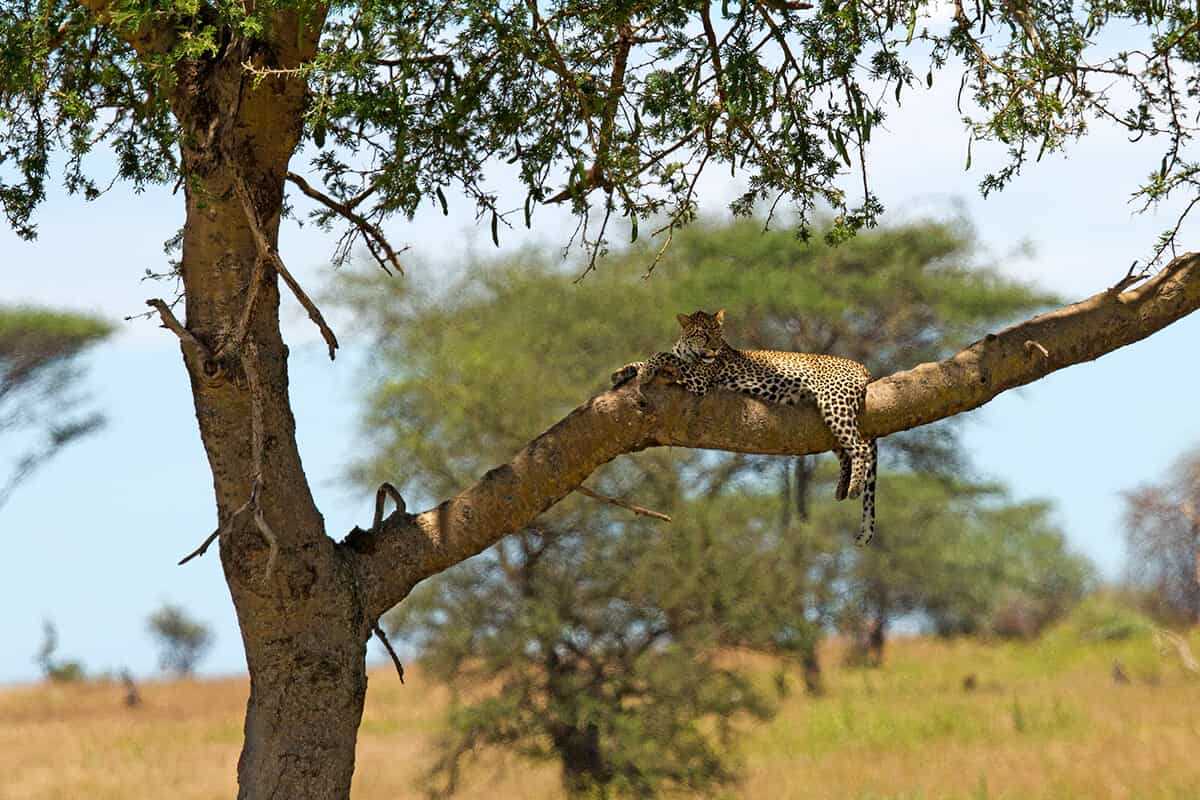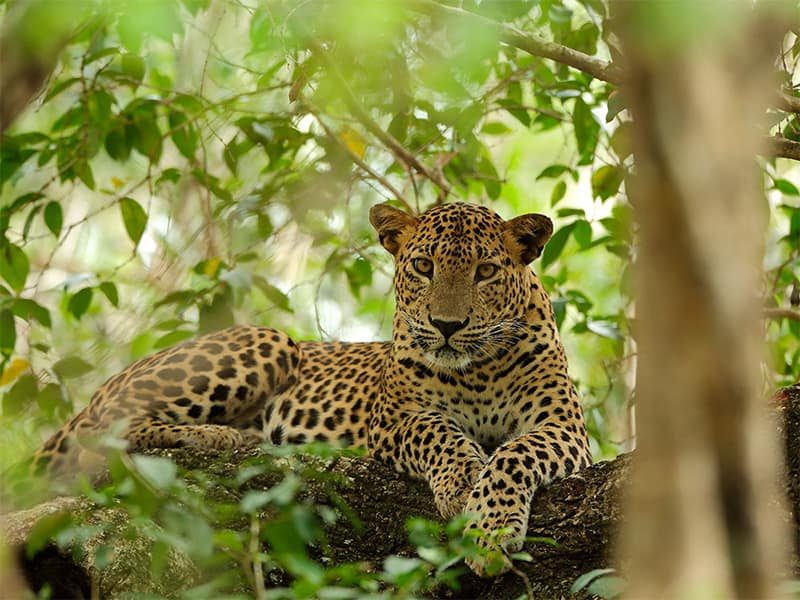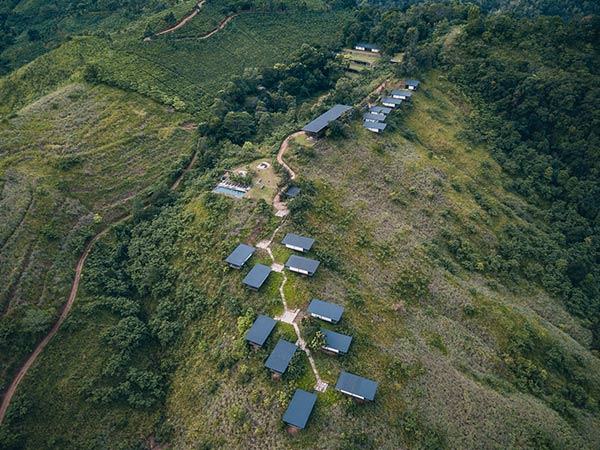Featured image credits to https://www.srilankanexpeditions.com/
Sri Lanka, an enchanting island nestled in the Indian Ocean, has gained international recognition as one of the best destinations for witnessing the magnificent beauty of leopards in their natural habitat. This tropical paradise offers a unique and unparalleled experience for wildlife enthusiasts, nature lovers, and anyone seeking unforgettable things to do in Sri Lanka. Renowned for its incredible biodiversity and lush landscapes, its thriving leopard population, range of pristine national parks with wildlife safaris have made the country emerge as a haven for those seeking unforgettable encounters with these elusive big cats. In this article, we delve into the significance of Sri Lanka as the ultimate destination for leopard sightings, exploring the reasons behind its remarkable appeal and the conservation efforts that have made it a true wildlife sanctuary.
What are the world’s well-known leopard habitats?
● Africa – The vast continent of Africa is renowned for its diverse wildlife, and leopards thrive in many of its regions. The Serengeti National Park in Tanzania is a popular leopard habitat, where they roam freely among the grasslands and acacia trees. Other notable areas include Kruger National Park in South Africa, which boasts a high density of leopards, and the Okavango Delta in Botswana, where these elusive cats navigate through a maze of water channels and islands.

● India – The dense forests of Western Ghats, particularly the national parks of Kabini, Bandipur, and Nagarhole, provide a perfect habitat for leopards. In the northern part of the country, the state of Rajasthan is known for its leopard population, with areas like Jhalana Leopard Reserve offering excellent opportunities for sightings.
● Sri Lanka – The Yala National Park, located in the southeastern part of the island, is home to a significant leopard population. Its diverse terrain of grasslands, scrublands, and coastal areas provides an ideal habitat for these big cats.
● Nepal – Home to the elusive snow leopards. The rugged terrain of the Himalayan region, including areas like Sagarmatha National Park and Annapurna Conservation Area, provides a challenging yet captivating habitat for these highly adapted cats.
● Russia – The remote and rugged landscapes of the Far East offer a haven for the endangered Amur leopards. The Land of the Leopard National Park, located in Primorsky Krai, is dedicated to protecting this critically endangered subspecies.
Where do you find the Sri Lankan leopards?
Sri Lankan leopards are endemic to Sri Lanka, meaning they are found only on the island. They inhabit various national parks and protected areas throughout the country. The primary habitats for Sri Lankan leopards are the Yala National Park and Wilpattu National Park.
Sri Lankan leopards are endemic to Sri Lanka, meaning they are found only on the island. They inhabit various national parks and protected areas throughout the country. The primary habitats for Sri Lankan leopards are the Yala National Park and Wilpattu National Park.
Wilpattu National Park which is situated in the northwest of Sri Lanka, is known for its stunning landscapes of dense forests, lakes, and open grasslands. Wilpattu provides an ideal environment for leopards to thrive. The park’s remote location and rugged terrain make it a less crowded and more off-the-beaten-path destination for wildlife enthusiasts.
Yala National Park which is located in the southeastern region of Sri Lanka, is the most renowned and popular destination for spotting Sri Lankan leopards. The park covers a vast area of approximately 979 square kilometers and encompasses a diverse range of ecosystems, including grasslands, scrublands, forests, and coastal areas. Yala has a significant leopard population, and the chance of spotting these elusive cats is relatively high compared to other locations. The park’s well-maintained safari routes and experienced guides contribute to the overall leopard sighting experience.
Why is Sri Lanka the best destination for leopard sightings?
Sri Lanka has gained recognition as one of the best destinations for leopard sightings due to several factors that make it a prime location for encountering these elusive big cats. Sri Lanka has one of the highest leopard population densities in the world, particularly in its national parks such as Yala and Wilpattu. This means that the chances of spotting leopards in these areas are relatively high compared to other destinations. The concentrated population increases the probability of successful sightings and provides a thrilling experience for wildlife enthusiasts.
Sri Lanka’s diverse ecosystems, including forests, grasslands, scrublands, and coastal regions, offer a variety of habitats that support a healthy leopard population. These habitats provide ample prey, such as sambar deer and wild boar, ensuring a stable food source for the leopards. The island’s rich biodiversity creates a thriving ecosystem where leopards can flourish.
Sri Lanka’s national parks, such as Yala and Wilpattu, are well-established and easily accessible to visitors. They have designated safari routes, experienced guides, and well-maintained facilities, making it convenient for tourists to explore and maximize their chances of leopard sightings. The infrastructure and tourism development in these parks enhances the overall wildlife experience.
Significance of Yala and Wilpattu for Leopard Safaris in Sri Lanka
Yala National Park and Wilpattu National Park hold immense significance for leopard safaris in Sri Lanka. These two iconic national parks offer exceptional opportunities for wildlife enthusiasts to witness and appreciate the beauty of Sri Lankan leopards in their natural habitat.
Both Yala and Wilpattu boast substantial populations of Sri Lankan leopards, making them prime locations for leopard sightings. The parks’ diverse ecosystems provide suitable habitats and ample prey, allowing leopards to thrive. The concentration of leopards increases the chances of successful encounters, providing visitors with unforgettable safari experiences. Both parks offer guided safari tours conducted by experienced naturalists and trackers who possess in-depth knowledge of the local flora and fauna, including leopards. These experts are skilled at tracking leopard movements, increasing the likelihood of sightings. Their expertise enhances the overall safari experience, ensuring visitors have the best possible chances of encountering leopards.
Yala and Wilpattu are actively involved in leopard conservation efforts. The parks implement measures to protect leopard habitats, minimize human-wildlife conflicts, and promote responsible tourism practices. These conservation initiatives contribute to the preservation of Sri Lankan leopards and their ecosystems, ensuring their long-term survival.
The conservation efforts for the Sri Lankan Leopard
Conservation efforts for the Sri Lankan leopard (Panthera pardus kotiya) are crucial to ensure the long-term survival of this endangered subspecies. Various organizations, government initiatives, and local communities are actively involved in protecting Sri Lankan leopards and their habitats.
Establishing and maintaining protected areas and national parks play a vital role in safeguarding leopard habitats. Yala National Park, Wilpattu National Park, and other reserves provide a protected space where leopards can thrive without significant human disturbance. Constant monitoring and research conducted by scientists and conservationists to study the behavior, population dynamics, and ecological requirements of Sri Lankan leopards to gather data on leopard movement and habitat use are crucial for further conservation strategies. These areas are managed with strict regulations to ensure the conservation of leopard populations and their prey.
Human-leopard conflict mitigation is a significant challenge as human settlements overlap leopard habitats in several regions. Implementation of early warning systems to alert communities about leopard presence and community engagement and education about leopards promoting coexistence is another important step in conservation. Anti-poaching efforts and strict laws enforced by the government have helped curb poaching to a certain extent. Partnerships with international and local conservation organizations such as the Wildlife Conservation Society and World Wildlife Fund for technical expertise, funding, and awareness spreading have increased conservation efforts.
Some popular leopard sightings in Sri Lanka
It is important to note that leopard sightings are inherently unpredictable, as these cats are elusive and roam over large territories. Patience, luck, and the expertise of experienced guides significantly enhance the chances of spotting leopards in Sri Lanka’s popular wildlife destinations. So, the most popular sightings would usually occur in Yala National Park, Wilpattu National Park, Udawalawe National Park, Horton Plains National Park, and, Knuckles Conservation Forest.
Conclusion
Sri Lanka stands out as a remarkable destination for leopard sightings, offering a unique and captivating wildlife experience. The significance of Sri Lanka in this regard cannot be overstated. The country’s diverse landscapes, lush forests, and protected national parks provide an ideal habitat for these majestic big cats, making it a prime location for leopard enthusiasts and nature lovers.
In conclusion, Sri Lanka’s significance as the best destination for leopard sightings is unquestionable. The country’s commitment to conservation, coupled with its stunning landscapes and remarkable biodiversity, offers a unique and immersive wildlife experience. Whether it’s the thrill of encountering a leopard in the wild or appreciating the delicate balance of nature, Sri Lanka is a must-visit destination for anyone seeking an unforgettable wildlife adventure.


